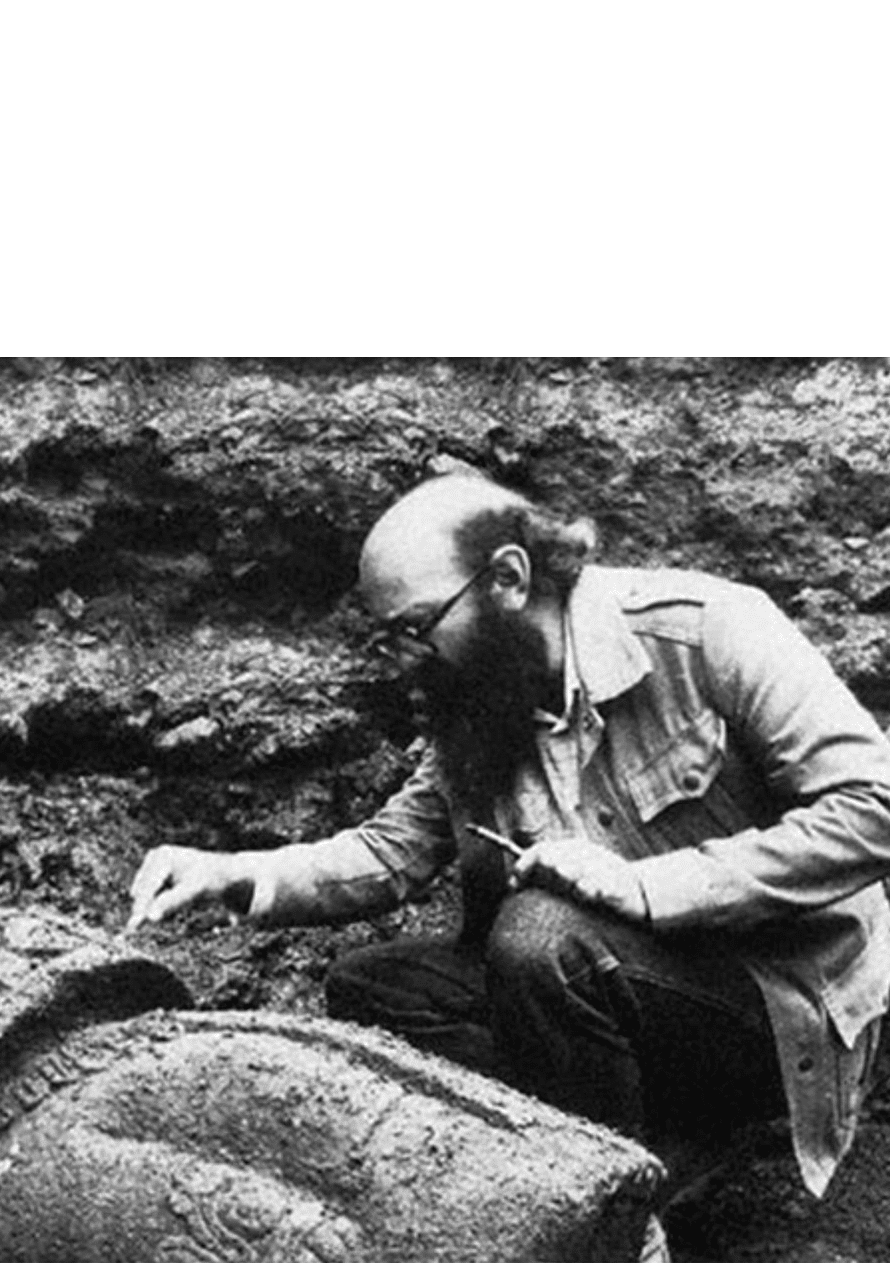In 1982, ambassador emeritus Alfonso García Robles (Zamora de Hidalgo, 1911-Mexico City, 1991) became the first Mexican to receive a Nobel Prize when he was distinguished in the Peace category along with Swedish diplomat Alva Myrdal, for his remarkable contributions on informing the world opinion about armament issues.
Being president of the Preparatory Commission for the Denuclearization of Latin America, he was instrumental in achieving the signature, in 1967, of the Treaty for the Prohibition of Nuclear Weapons in Latin America and the Caribbean, which forbids the development, acquisition, testing and deployment of weapons, proclaiming this entire region as a nuclear-weapon-free zone, for which he is known as “the father of the Tlatelolco Treaty”. This initiative represented a decisive step for the preservation of peace and international stability.
The standard established by the Tlatelolco Treaty was gradually adopted in other regions of the world, until in 2017 a global commitment for nuclear disarmament was achieved.
Doctor García Robles received awards from ten Latin American, European, African and Asian countries, as well as numerous honorary positions both in this country and abroad.

María Sabina Magdalena García was born in Huautla de Jiménez, Oaxaca (1894–1985). She was a Mazateca healer and shaman, a wise woman who inherited the gift of healing through the balm of song and language. Throughout her life she served as a priestess guarding the great secrets of sacred fungi, known as “holy children”.
In the 1950s she became a national and international celebrity, after Robert Gordon Wasson and his wife Valentina Pavlovna —father and mother of ethnomicology— shared their traditional knowledge about the ceremonial and medicinal use of fungi in several publications. Thus began a parade of science, art, literature and entertainment celebrities that arrived in Oaxaca, searching for the shaman, including Albert Hofmann, Aldous Huxley, Walt Disney and The Beatles.
The poetic songs of María Sabina are part of an esoteric language that Mexican healers and priests know as hualtocaitl, the language of the Divine.

Eduardo Matos Moctezuma’s (Mexico City, 1940) found his passion for archeology through a book: Gods, Graves and Scholars, by C. W. Ceram, a popular science text that unveiled the archaeological secrets of great civilizations.
At the beginning of the 1960s he began to work in the excavations of Tlatelolco, under the direction of archaeologist Francisco González Rull. Later, in 1978, he took over the coordination of the Templo Mayor Project, after opposing the reconstruction of the temple to favor the conservation of the ruins as witnesses of the violent encounter between two cultures. In recognition of his work on this project, Time magazine named him “Moctezuma III”.
Since then, he has published books such as Teotihuacán: The City of Gods (1990), Life and Death in the Templo Mayor (1995), Las piedras negadas: de la Coatlicue al Templo Mayor (1998) and Estudios mexicas (2006), which are among hundreds of books, theses and studies dedicated to the research and dissemination of this matter written by him and his collaborators.
Throughout his career he has served as president of the Archeology Council and director of the National Museum of Anthropology and History, among many others. He has been awarded the National Prize for Arts and Sciences in the field of History, Social Sciences and Philosophy (2007), and the Premio Crónica (2017). In the year 2017, Harvard University inaugurated a chair with his name, making him the first Mexican to receive such a distinction.


